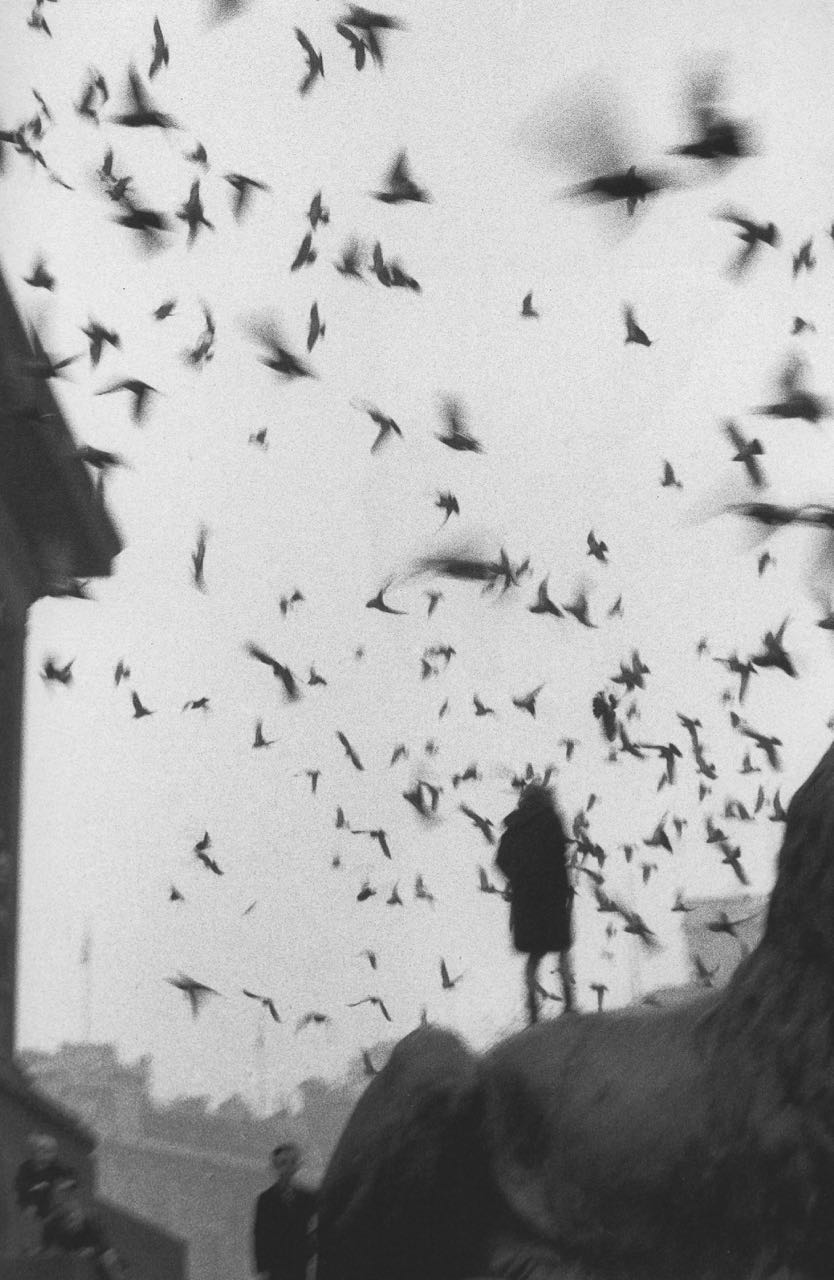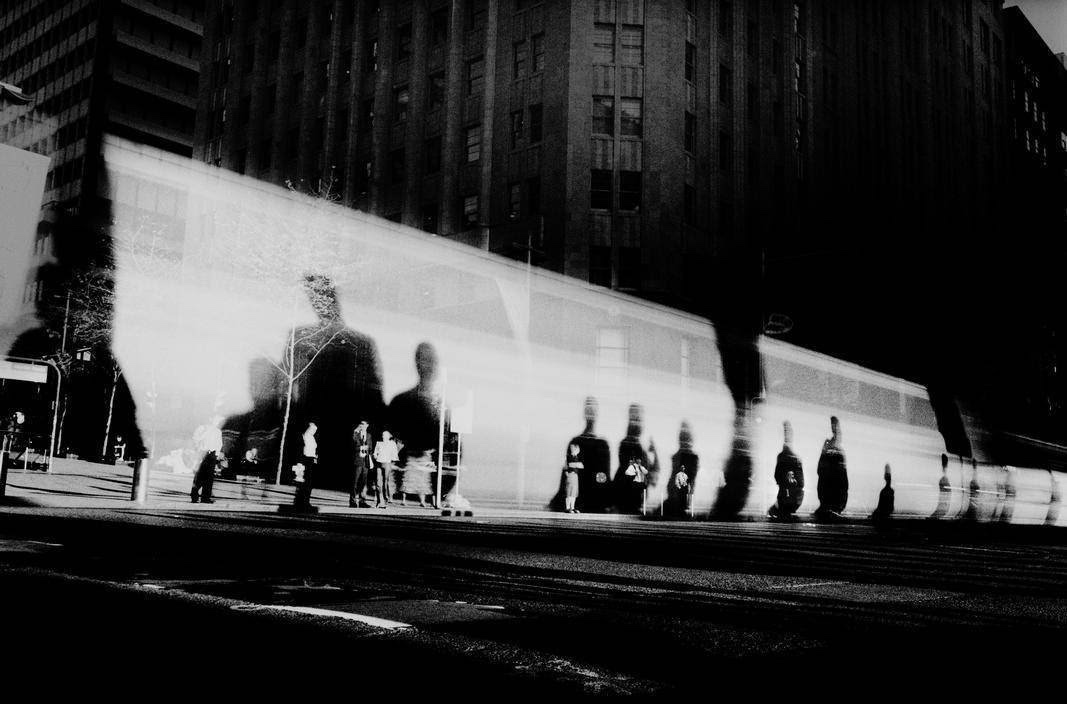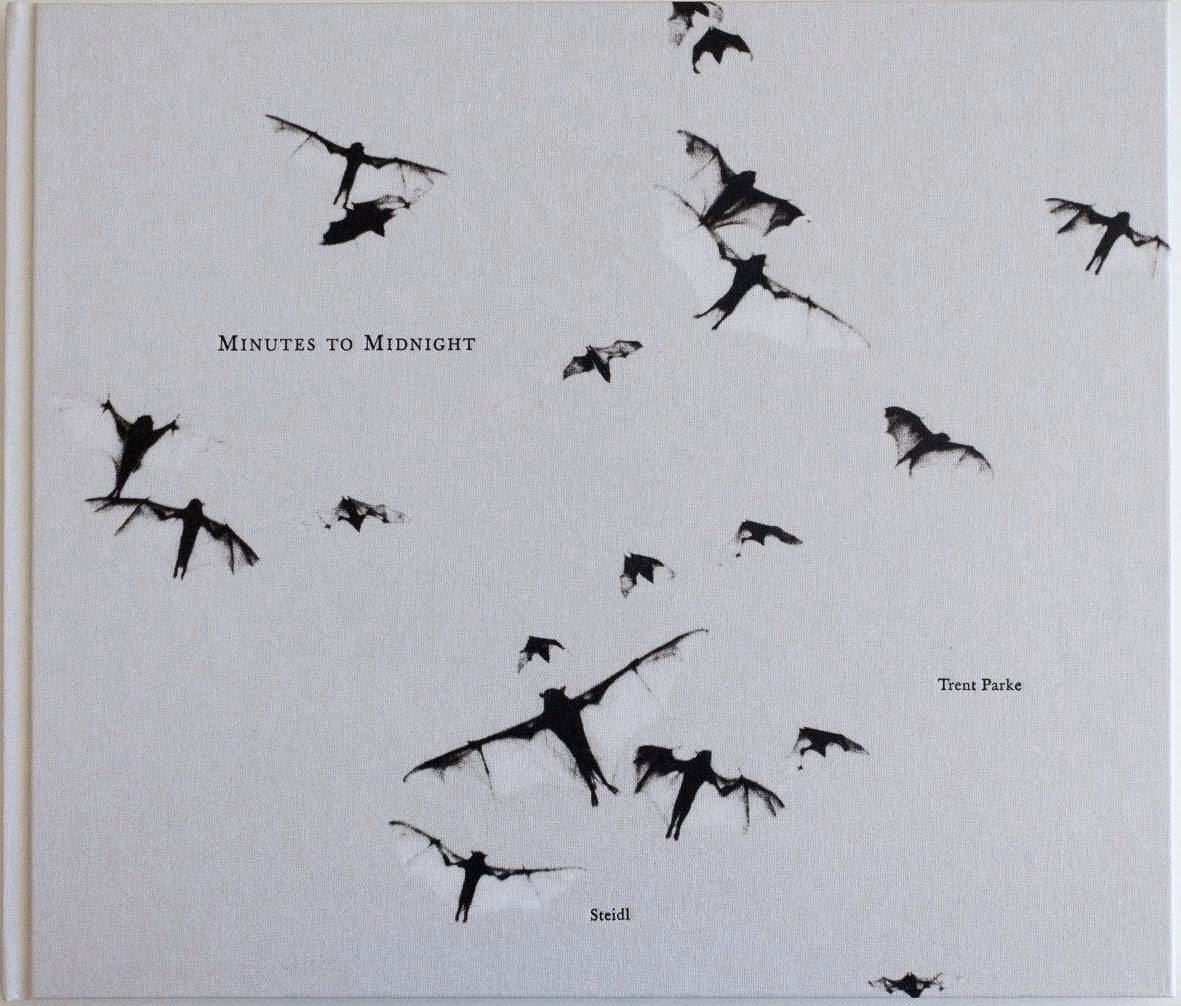Who is Sergio Larrain? He is considered Chile’s greatest photographer (1931 – 2012) who made street photography “using shadow and angles in a way few had tried before.” The great French photographer, Henri Cartier-Bresson, after seeing his London photographs, gave him an invitation to join and work for Magnum. He accepted this invitation. After a brief & meteoric rise as a photographer in the public eye for a few years in the 1960s, he became a meditation hermit in the mountains of Chile.
Many photographers believe that his photos hinted at what could’ve become an even greater career, and that his true contribution to photography is his exploration of the photographic experience. By photographic experience, I mean that sort of experience that is a pre-requisite for a great photo. The way LarraÃn describes it is as follows: “Freed of conventions… the images arrive like ghosts.” (Sergio Larrain by Gonzalo Levia Quijada, Agnes Sire et al., henceforth SL.)

How does one arrive at this preternatural state for doing photography, i.e. the photographic experience? In a letter written in 1982 to his nephew (from SL), he gives photographic advice akin to Rilke’s Letters to a Young Poet.
- Find the right camera: fits you, comfortable in hand, has only the features you need – no extras.
- “Act like you’re going on an adventure.” He suggests a city that is not a home town and doing what the Germans call a spazierengehen, a wandering about without a destination.
- Develop your photos. Throw all the prints away except for the best one. Put that one on a wall.
- Take a break. Study the works of others. Expose yourself to only good art. At this point, “the secret will slowly reveal itself.”
- Let nothing conventional distract you.
- “The conventional world puts a veil over your eyes. It’s a matter of taking it off during your time as a photographer.”
Then “the images arrive like ghosts.” The attainment of the photographic experience will lead to your good photos.
In my next blog post, I will being looking at Sergio Larrain’s book, Valparaiso.

 Grain occurs when a film is pushed or under exposed.
Grain occurs when a film is pushed or under exposed.
